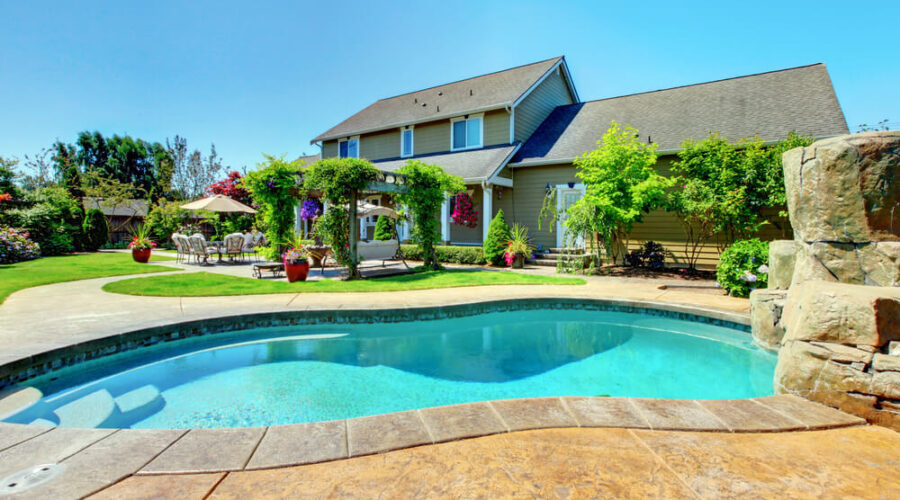The construction phase of a pool involves the excavation of the site and the installation of rebar (steel reinforcement rods) to support the structure. This phase is also characterized by inspections and the construction of the gunite, the cement and sand mixture that forms the pool’s shell. During this phase, a few factors can slow down the progress of the project, including weather delays and multiple schedules. The site may have unexpected obstacles, including unstable soil, unidentified utility lines, or rock formations. If your pool is located in a town or city, the process will be quicker if you select a company with an experience like Gulfstream Pool oviedo. Otherwise, a less-experienced design company may miss important details that can slow down the process, setting your project back several weeks.
Permitting a pool is the first step in the process. Depending on the municipality, permits can take between one to two months. Once a permit has been obtained, the pool builder can begin construction. First, he or she will outline the shape of the pool and its placement, using stakes and form boards. Once the permit is approved, the construction process begins. Once the pool has been approved, it will take about one to two months to complete.
Permitting a swimming pool is a complicated process. The design will need to go through various approval processes, depending on the municipality. Permitting a swimming pool, for example, requires the approval of a septic system.
Permitting a swimming pool requires a few weeks, although the time to finish the entire project may be longer depending on the variables. When the permits are approved, excavation begins and takes a week to complete, depending on the weather and other factors. Plumbing, electrical, and steel foundation installation follow. The installation of a pool’s steel foundation requires a minimum of 28 days, depending on the size and shape of your backyard.
Several factors may affect the timing of a pool’s construction. First, the size of your local market, the current construction activity in the area, and government funding of the planning department may delay the construction process. Second, bad weather may cause a delay. For instance, bad weather may delay the construction of a swimming pool, as certain phases of construction cannot take place when the ground is wet. If the ground freezes, it can block construction and lead to a logjam of completed work.
Concrete pools require more time to complete than vinyl or fibreglass pools. In addition, concrete requires a special mixture and must cure for at least a week before it is ready for use. The time for concrete pool construction can be extended by the addition of landscaping and water features. Fiberglass pools require the least amount of plastering and are shipped “pre-built.”
The cost of a swimming pool depends on several factors. The thickness of the bedrock in your home’s ground can double the construction time. Additionally, the removal of spoils is one of the most costly parts of any building project. Therefore, you should take the time to carefully consider the cost and duration before committing to a specific construction date. The cost of a swimming pool construction is a significant investment that will be used for a long time.
